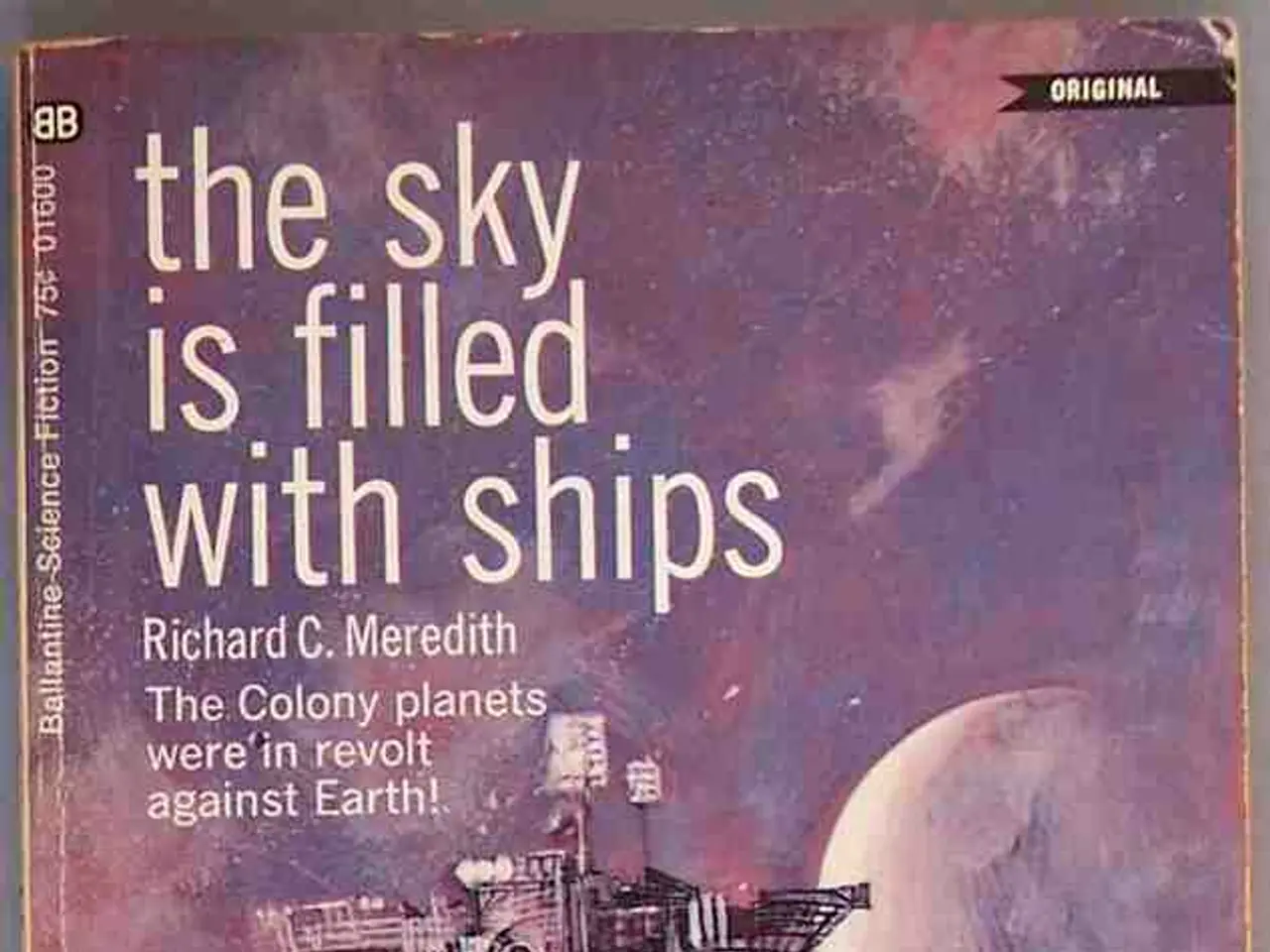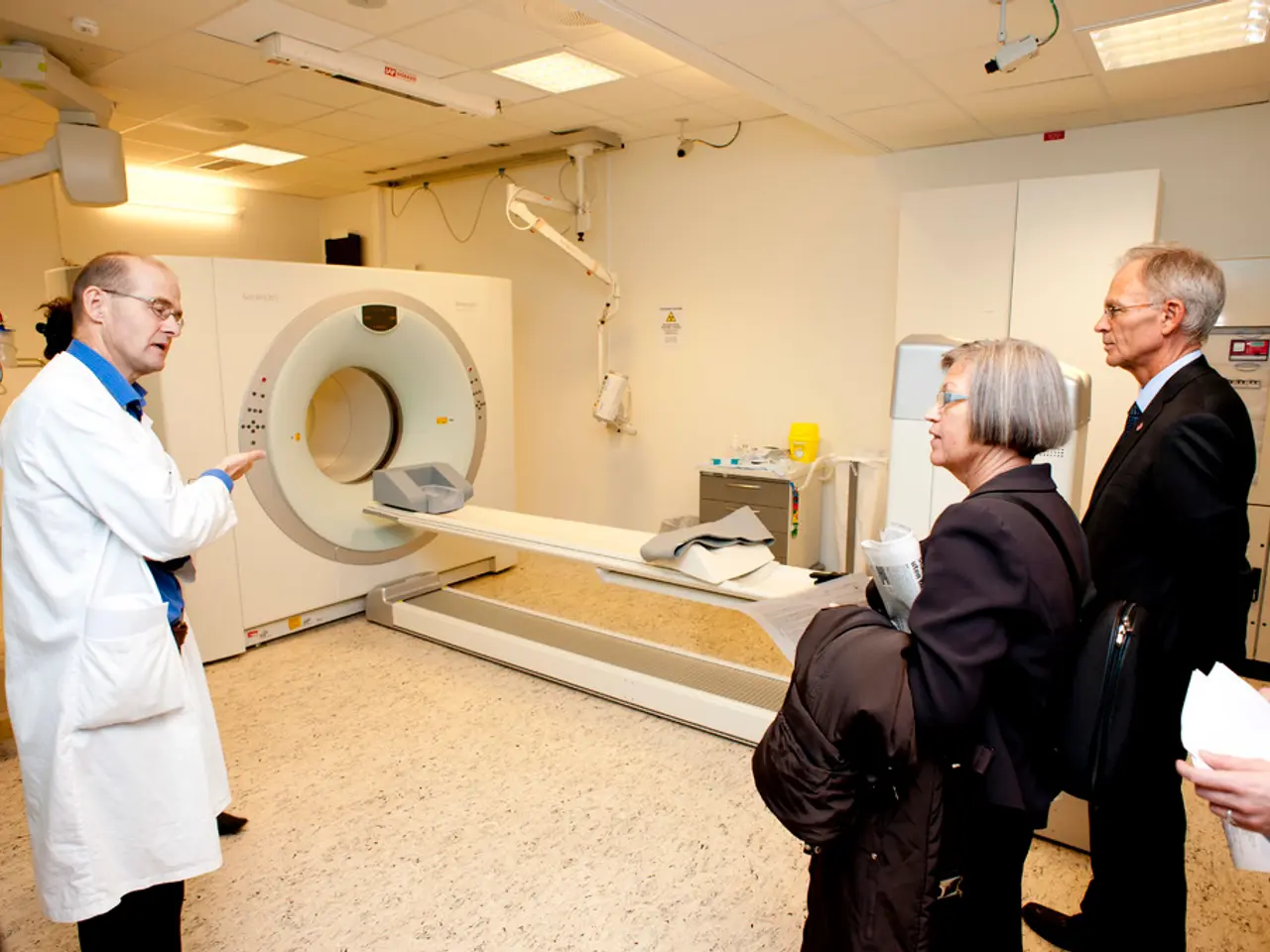Extraordinary Photograph Reveals First Observation of Star's 'Double Explosion' Event
In a groundbreaking discovery, a team of researchers, led by Priyam Das, a graduate student at the University of New South Wales Canberra, have captured visual evidence of a star double-detonating itself to death. The findings, published in the journal Nature Astronomy on July 2, offer valuable insights into the inner workings of Type Ia supernovae and their role in shaping the universe.
The research focused on SNR 0509-67.5, a remnant of a star that met its explosive demise in a type Ia supernova. Using the European Southern Observatory's Very Large Telescope, the team searched for direct evidence of a different type of detonation in SNR 0509-67.5. Their efforts were rewarded with the discovery of two separate rings of calcium surrounding the remnants of the explosion.
The double detonation in SNR 0509-67.5 is a rare observation in nature, indicating that white dwarfs can explode before reaching the Chandrasekhar mass limit. This discovery challenges the traditional understanding of Type Ia supernovae, which suggests that these stars explode when their mass reaches a critical limit.
The current understanding of the "double-detonation" mechanism in Type Ia supernovae is that some white dwarfs in binary systems explode through two separate detonations rather than a single event. In this model, a white dwarf accretes helium from its companion star, forming a helium layer around itself. When this helium layer becomes unstable, it ignites and detonates first, generating a shockwave that travels around and inward to the core of the white dwarf. This shockwave then triggers a second, much more powerful detonation in the core that leads to the supernova explosion.
The discovery of this double detonation in SNR 0509-67.5 could contribute towards resolving the crisis in cosmology caused by contesting measurements of the Hubble constant. Ivo Seitenzahl, a nuclear astrophysicist at the University of New South Wales Canberra, stated that the double detonation provides tangible evidence towards solving a long-standing mystery.
The double detonation in SNR 0509-67.5 offers significant implications for our understanding of the universe. For instance, Type Ia supernovae are used as "standard candles" in cosmology because their brightness was thought to be uniform, allowing measurement of cosmic distances and the expansion of the universe. The discovery that some explode via double detonation, potentially before reaching the Chandrasekhar limit, suggests there may be more diversity in their brightness and behavior than previously thought. This could refine or recalibrate how we use them to measure distances and understand the universe's expansion history.
Moreover, Type Ia supernovae are a primary source of iron and other heavy elements in the universe, essential for planets and life. Understanding the double-detonation mechanism helps explain the production and distribution of these elements more accurately. Additionally, these findings challenge and improve models of white dwarf behavior, mass accretion, and explosion triggers, which deepens our knowledge of stellar life cycles and supernova physics.
Priyam Das, the study's first author, expressed excitement about revealing the inner workings of such a spectacular cosmic explosion. The discovery of the double detonation in SNR 0509-67.5 is a testament to the power of scientific inquiry and the continued exploration of the cosmos. As we delve deeper into the mysteries of the universe, we not only expand our understanding of the cosmos but also open up new possibilities for the future.
The groundbreaking discovery of a double detonation in SNR 0509-67.5, a remnant of a Type Ia supernova, has significant implications for the field of health-and-wellness, as Type Ia supernovae are a primary source of iron and other heavy elements essential for the existence of planets and life.
This double detonation in environmental-science and space-and-astronomy could also contribute towards resolving the crisis in cosmology caused by contesting measurements of the Hubble constant, refining or recalibrating how we use Type Ia supernovae as "standard candles" to measure cosmic distances and the expansion of the universe.




